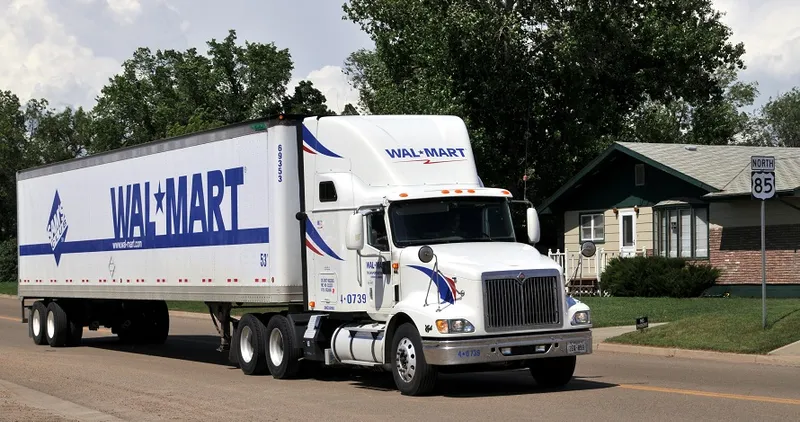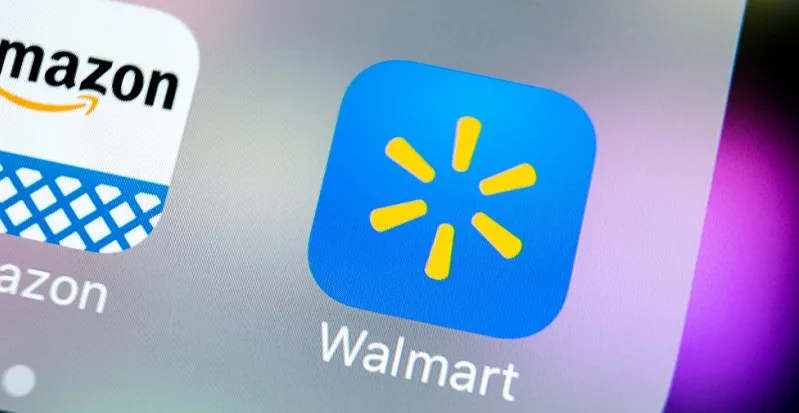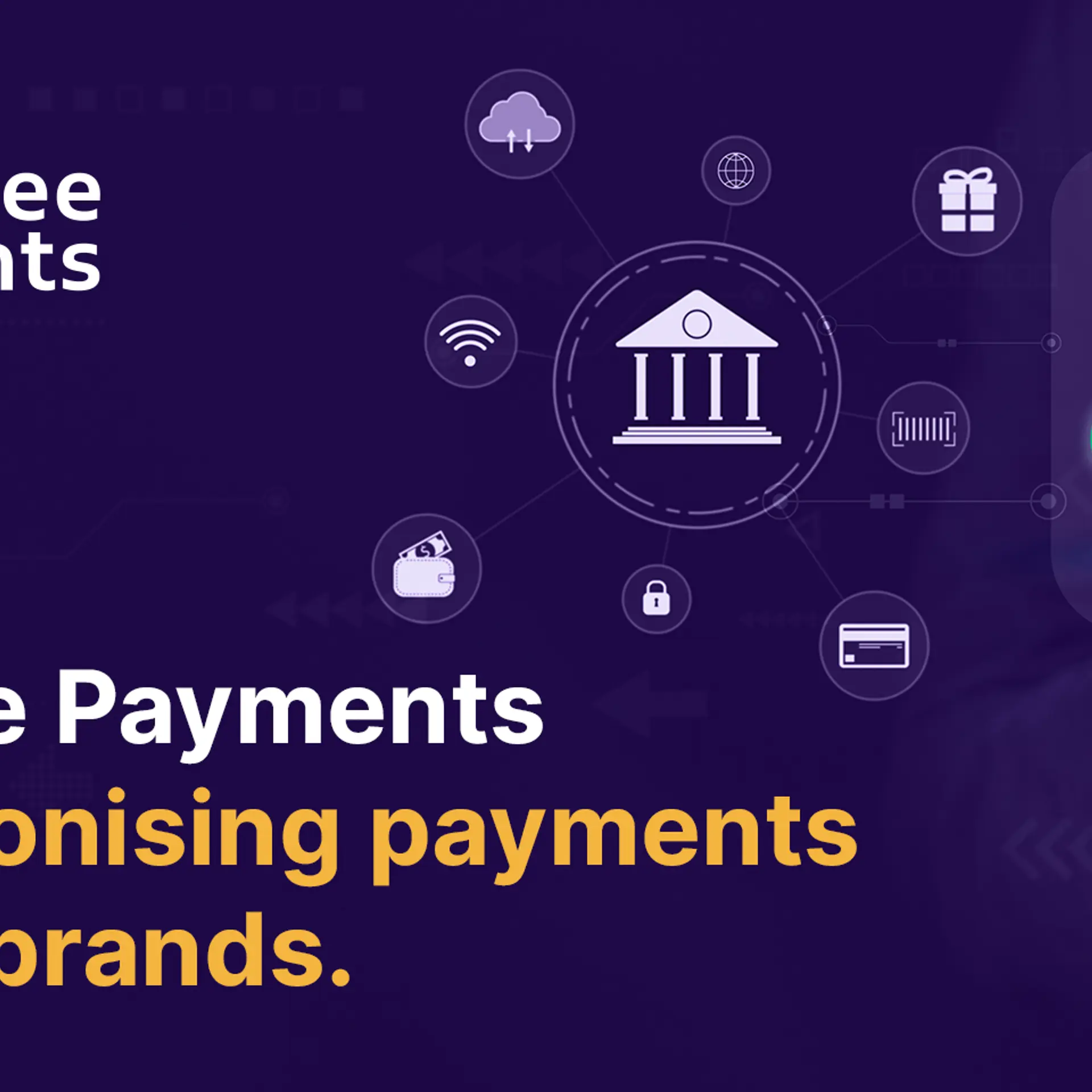How Flipkart-Walmart deal will change Indian e-tail and benefit customers
Will Walmart bring the magic of Every-Day-Lowest-Pricing to India through its new ally Flipkart?

With India’s largest e-tail company joining forces with the world’s largest retail company, industry observers are hopeful that the Walmart- Flipkart deal will benefit the customers, as much as the latter’s investors and shareholders. The 56-year-old retail mammoth based in Arkansas, US, is reportedly buying 51 percent stake of the ten-year-old poster boy of Indian startup ecosystem.
Walmart has been present in India for about 20 years now, as a B2B (wholesale) player. The Foreign Direct Investment (FDI) regulations restrict Walmart from doing B2C business in India.
According to Technopak advisory firm chairman Arvind Singhal, Walmart has a turnover of around Rs 5000 crore from its business with SMEs, hotels, and retailers, in India today.
Not one to lose out on the vast Indian retail market (worth $950 billion according to IBEF estimates), Walmart’s Flipkart deal is its obvious entry to the country’s B2C market.
Satish Meena, Forecast Analyst at Forrester Research, believes that this deal will enable the robust growth of ecommerce in India. “Now we have two serious ecommerce players (Flipkart and Amazon) with billions of dollars’ backing. Add to this Alibaba’s entry via Paytm, Paytm Mall, Zomato, and BigBasket, you have 2.5 serious players,” he says.
But how would it benefit the Indian customer? What will the new alliance bring to the way retail is conducted in the country? Find out here.
Better prices
The first benefit to the Indian consumer base – a huge chunk of which is the middle class – will be in pricing. The Flipkart-Walmart alliance can ensure cheaper prices through Walmart’s playbook, which has seen success across the world.
Globally, Walmart’s key to offering low prices to the customers has been consistent efficient operations. In fact, their ‘Every Day Low Pricing’ (EDLP) strategy, says Aravind of Technopak, is a result of efficient methods in sourcing, supply chain, and frontend operations.
“Like Reliance and DMart, Walmart is not concerned about GMV. They have exceptionally efficient operations, which enables retail business without cash burn. They chase profit rather than turnover,” Aravind explains.
Also, Walmart’s private label products in general merchandise, which are currently available only in B2B sales, are bound to be retailed in India through Flipkart soon. In the US, it has a strong bargaining power over suppliers due to revenue contribution on its platform, which provides better prices. Experts believe that it will not be long before it replicates it in India.
Efficient logistics
Unlike in the US where ecommerce became a norm in less than a decade, in India, it is still early stage. (Let’s not even compare the per capita income and GDP of these two countries/economies.)
India still needs more customers online. In a country of 1.4 billion, the number of active online customers is still a meager 60 million. But these customers are not just looking for discounts. They want better products and customer experience, along with faster delivery.
This is where Walmart’s entry will make an impact. The fast-delivery mechanism, which Amazon has been trying to build through Prime programme has been a headache for Flipkart which provides no such option. But Walmart gives them the tools to fight the Amazon loyalty programme, which has historically provided stickiness among its customers and given them incremental market share.

Walmart in the US is so careful about its transport and logistics network that it hires only drivers with three years’ and 250,000 miles of driving experience for its fleet of trucks. Also, it is said that, for 90 percent of Americans live in 15 miles of a Walmart store. If Flipkart were to begin dark stores (supermarkets not open to the pubic), if not offline stores, fast delivery will not be a hard task.
Grocery game
Also, delivering grocery at the customer’s door is the most extended step for any retailer. Flipkart’s efforts over the past one year to launch grocery on a large scale are yet to see results. A few months ago, Flipkart had invested $460 million into its logistics arm Ekart.
According to a Flipkart executive who requested anonymity, Walmart – already strong in grocery in the US – will push for that in India too. “Walmart will push towards developing a stronger storage, inventory and logistics,” he added.
Omnichannel growth
Given the power of infrastructure that Walmart already has, the company will possibly want to push deeper into an omnichannel strategy. But an analyst, who requested anonymity, says that it will be more of wait and watch for Walmart before jumping into omnichannel in India.
“India is a tough market with challenges here like a broken infrastructure, tough logistics and a consumer who is still wary. For omnichannel, everything needs to be in sync, and that will take time. For Walmart, that will be a longer game,” he added.

Also, many believe that currently Walmart wants to hurt Amazon in the Indian market, and that it will be possible if they focus on online. But, according to Satish, Amazon may invest in offline grocery next year. “They might build a partnership with one of the chains, like they did with Shoppers’ Stop for fashion,” he says.
Satish adds that omnichannel will work for some categories in India. “It is only a matter of time before Flipkart opens up offline stores. Currently Flipkart has no expertise for running offline; but Walmart has,” he says.
Sure, it depends on how well Flipkart will integrate with Walmart. But if we take China’s example, omnichannel is the best strategy for groceries, a market worth $650 billion in India. In China, Alibaba’s technology enables offline grocery store Hema to serve customers in a click-and-collect model.
Likewise, in the US, Walmart enables the customer to ‘click and collect’ from more than 1,000 of its stores across the country. Accordingly, online orders can be scheduled for pick up in two hours or up to three weeks later with no additional charge.
Currently, Indian retail stores are not equipped for omnichannel – wherein every offline shop can serve as a warehouse. Click and collect, however, can be possible in a few years as Walmart already has the prototype, say experts.
When India’s FDI rules change, which is bound to happen in due course, the list of these transformations will be longer.







